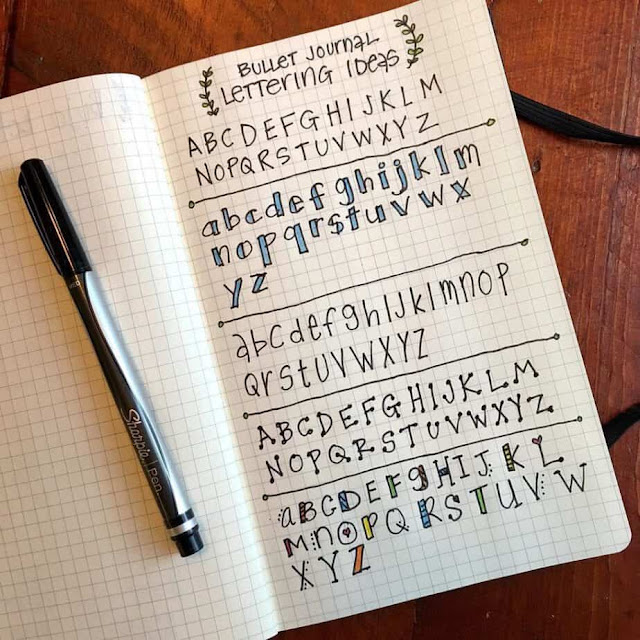Solving Puzzles 101

As a Nancy Drew gamer, puzzles are an everyday part of my life. I think I'd go insane if I didn't have a jigsaw puzzle going or didn't have a game to play. I have so many sudoku books in my possession I may never finish them all. Today I'm going to talk about every type of puzzle I can and how to do them, including tips and tricks to solving them. Chris Ramsay and others on Youtube have channels that explore solving physical puzzles. So many Nancy Drew gamers stream and post on Youtube it'd take you months to watch them all. Markiplier and others play a variety of strange and fun games (horror and otherwise) consistently and for charity. Youtube is a treasure trove of people who solve puzzles for a living or just for Youtube in their spare time. I'll let you look these people up later, but for now, we'll start with categories of puzzles. The categories of puzzles I'll talk about today are physical, numbers, letters and words, logic, and jigsaw. Physic...





